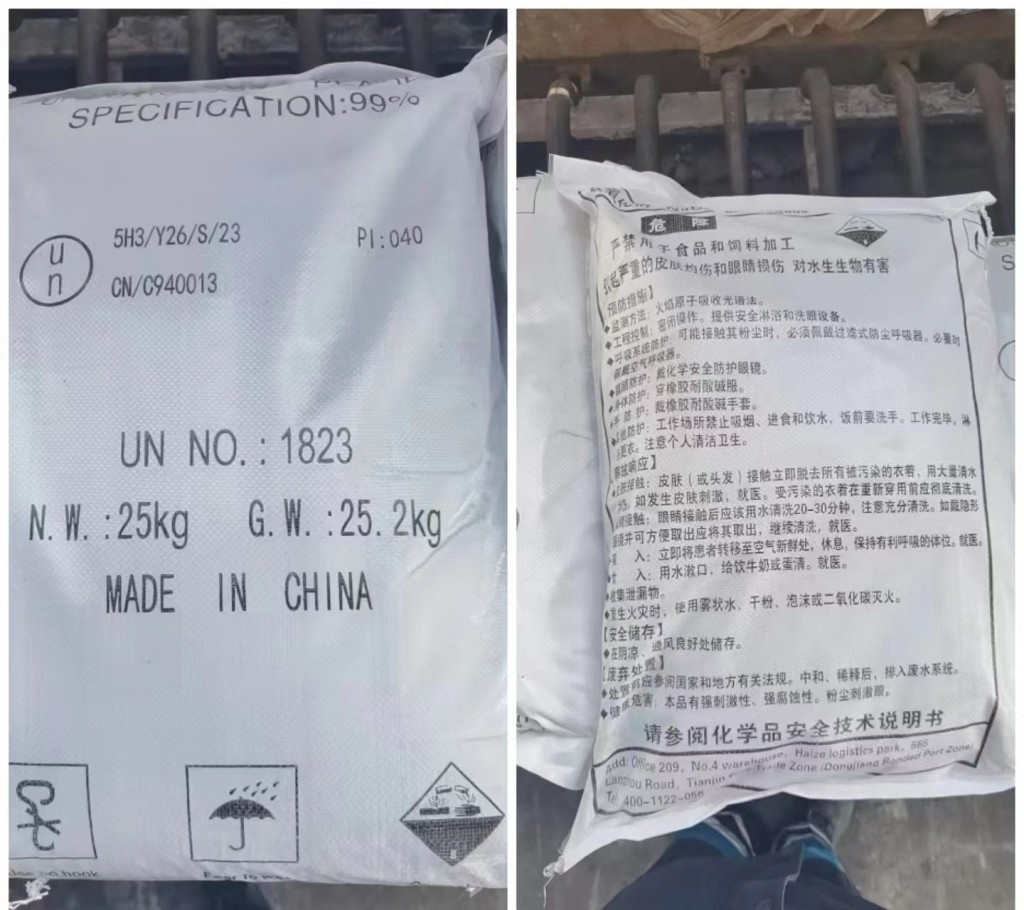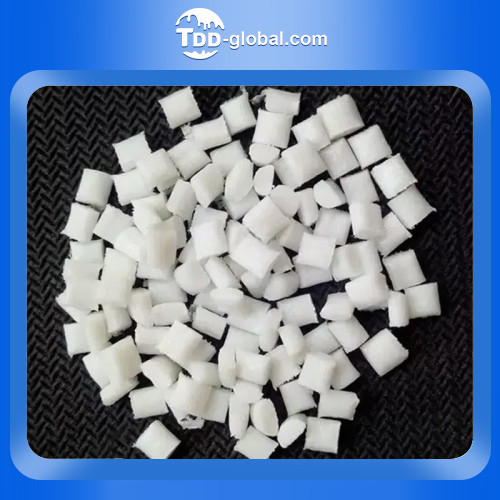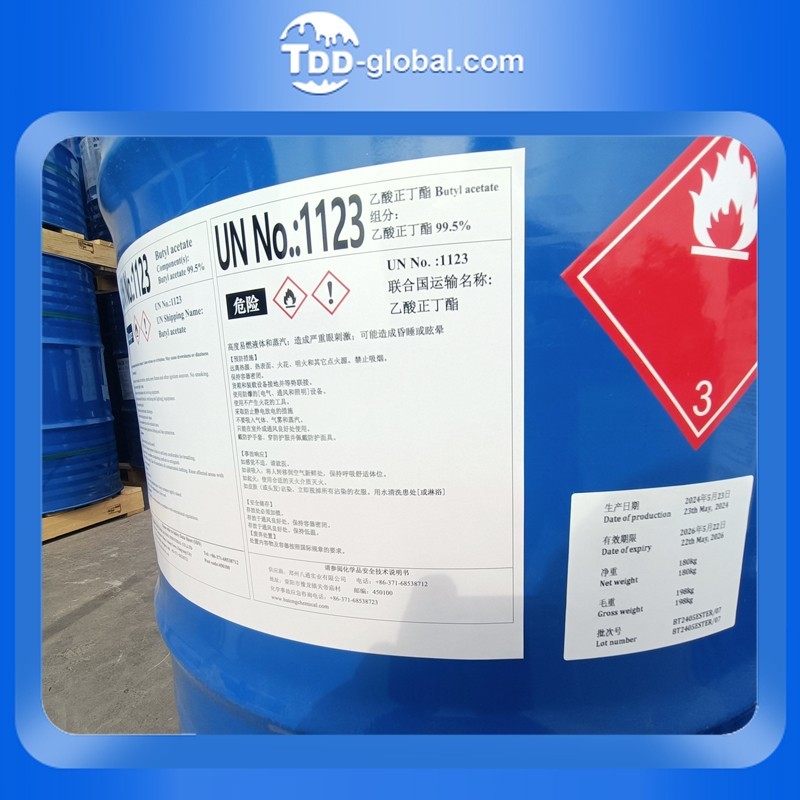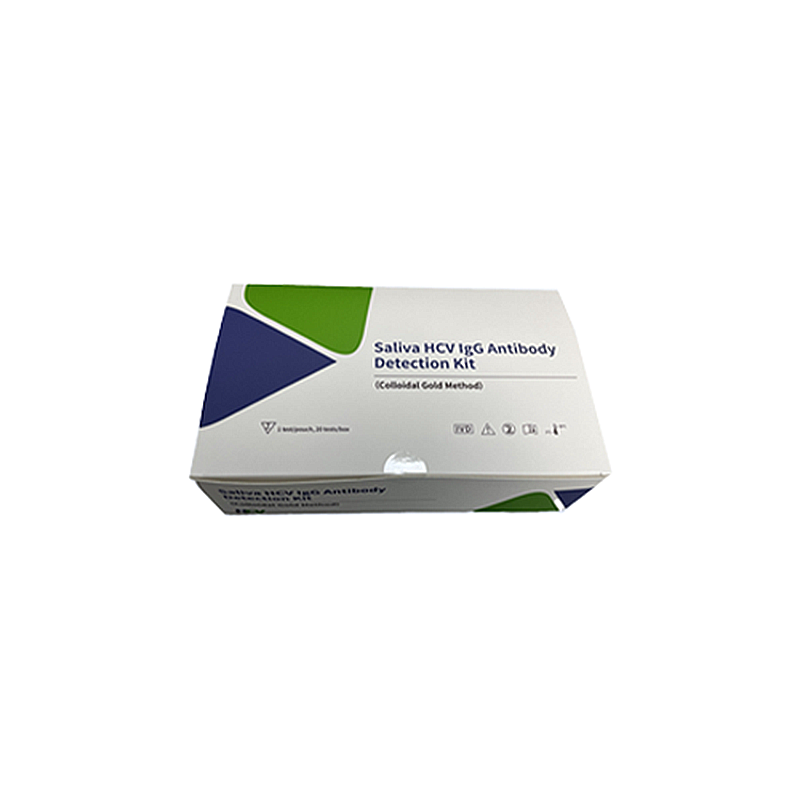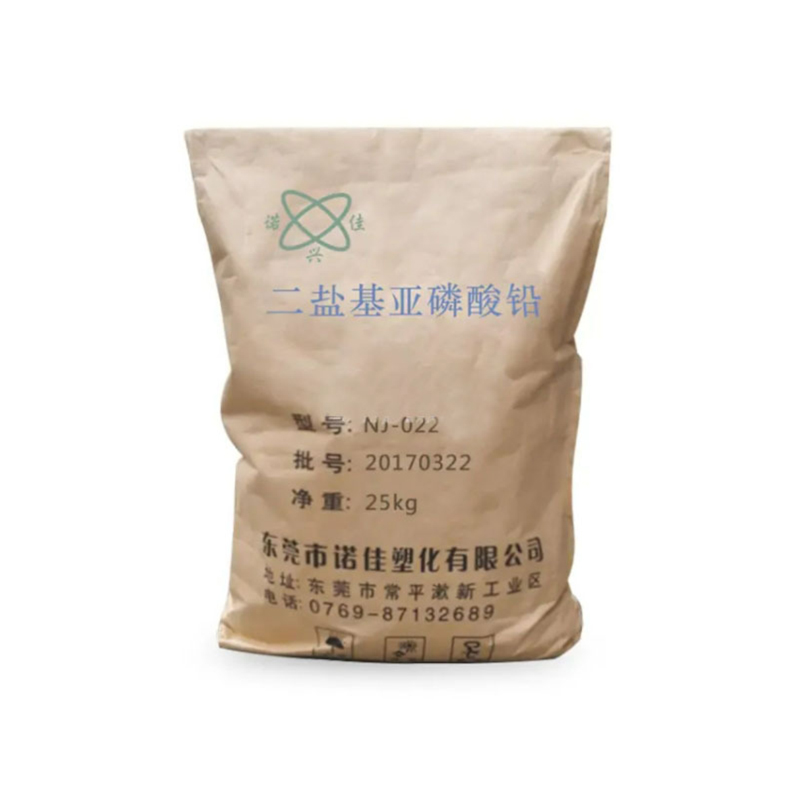Flake sodium hydroxide is also called caustic soda, caustic soda, caustic soda, and flake caustic soda. It is an inorganic compound with the chemical formula NaOH and a relative molecular weight of 39.9970. The corrosive sodium hydroxide reaction water is called caustic soda. Sodium hydroxide is easily soluble in water under heating conditions. Sodium hydroxide is gradually changed into carbon dioxide and sodium carbonate in the air. It can be used as an acid neutralizer, a masking agent, a precipitant, a precipitation masking agent, a color developer, a saponifier, a peeling agent, a detergent, etc. It has a wide range of uses.
After the flake sodium hydroxide is opened, it attracts water vapor from the air (hygroscopic effect). Sodium hydroxide dissolves like ethanol or glycerol. Spanish pearl caustic soda is a highly corrosive alkaline substance. When dissolved in water, it can make phenolphthalein paper turn red and litmus paper turn blue.
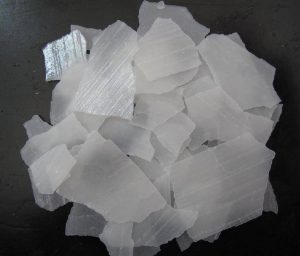
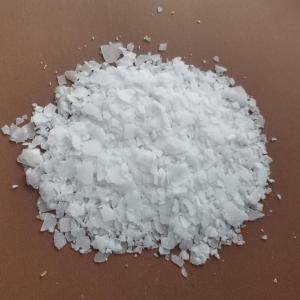
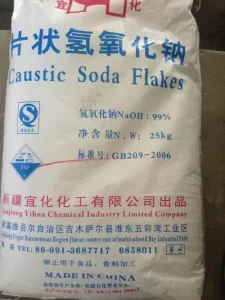

Product Usage #
Bleach #
Industrial bleach is used in industrial and consumer applications such as mold and mildew control in homes or controlling microbial levels in swimming pools and hot tubs.
Petroleum Products #
Used in the exploration, production and processing of oil and natural gas. Caustic soda removes objectionable odors that result from the presence of hydrogen sulfide (H2S) and mercaptans from these materials. Aluminum Production – Used to dissolve bauxite, the raw material for aluminum production.
Chemical Processing #
Used as a basic raw material for a wide range of downstream products including solvents, plastics, fabrics, adhesives, coatings, herbicides, dyes, inks, pharmaceuticals, etc.
Cleaning Supplies #
Water treatment, beverage bottle cleaners, cleaning supplies such as drain and pipe cleaners, oven cleaners and other household cleaning products, household soaps.
Storage method #
1. Do not use glass products #
Sodium hydroxide is slightly corrosive to glass products. The two will generate sodium silicate, which will cause the piston in the glass instrument to stick to the instrument. Therefore, glass bottle stoppers cannot be used when storing sodium hydroxide solution, otherwise the bottle cap may not be opened. If hot sodium hydroxide solution is stored in a glass container for a long time, the glass container will also be damaged.
2. Plastic bottles or metal barrels #
Sodium hydroxide should be stored in a cool, dry, well-ventilated warehouse. Keep away from fire and heat sources. The warehouse temperature should not exceed 35°C and the relative humidity should not exceed 80%. The packaging must be sealed and must not be exposed to moisture. It should be stored separately from flammable (combustible) materials, acids, etc., and must not be mixed. The storage area should be equipped with appropriate materials to contain leaks. Solid sodium hydroxide is packed into 0.5 mm thick steel drums and sealed tightly, with the net weight of each drum not exceeding 100 kg; plastic bags or double-layer kraft paper bags, fully open or medium-open steel drums; threaded glass bottles, iron-capped glass bottles, plastic bottles or metal barrels (cans) are placed in ordinary wooden boxes; threaded glass bottles, plastic bottles or tinned steel drums (cans) are placed in full-bottom lattice boxes, fiberboard boxes or plywood boxes; tinned steel drums (cans), metal drums (cans), plastic bottles or metal hoses are placed in corrugated paper boxes. The packaging containers must be complete and sealed, with obvious “corrosive items” signs.
Safety measures #
First aid measures #
This product is highly irritating and corrosive. Dust or smoke irritates the eyes and respiratory tract, corrodes the nasal septum, and direct contact with the skin and eyes can cause burns; accidental ingestion can cause digestive tract burns, mucosal erosion, bleeding and shock. Health hazards (blue):
1. Ingestion #
Causes serious and permanent damage to the digestive system, mucosal erosion, bleeding, and shock.
Treatment method: When the patient is awake, rinse the mouth immediately, take diluted vinegar or lemon juice orally, and seek medical attention.
2. Inhalation Irritates the respiratory tract and corrodes the nasal septum. #
Treatment method: Leave the scene to a place with fresh air. Perform artificial respiration if necessary and seek medical attention. If breathing is difficult, give oxygen. If the patient inhales or ingests this substance, do not perform artificial respiration with mouth-to-mouth breathing, and use a one-way valve respirator or other appropriate medical respirator.
3. Skin, which can cause symptoms of burns and even severe ulcers. #
Treatment method: Immediately rinse with water for at least 15 minutes. If burns occur, seek medical treatment. Remove and isolate contaminated clothing and shoes. For small amounts of skin contact, avoid expanding the area of material spread. Keep the patient warm and quiet. Inhalation, ingestion or skin contact with this substance may cause delayed reactions. Ensure that medical staff understand the individual protection knowledge related to this substance and pay attention to their own protection.
4. Eyes, may cause burns or even damage the cornea or conjunctiva. #
Treatment: Lift the eyes immediately and wash with running water or saline for at least 15 minutes, or rinse with 3% boric acid solution and seek medical attention.
Properties of caustic soda flakes #
Caustic soda is available in solid and liquid forms: pure solid caustic soda is white, in blocks, flakes, rods, granules, and brittle; pure liquid caustic soda is a colorless and transparent liquid. Sodium hydroxide is also easily soluble in ethanol and glycerol; but it is insoluble in ether, acetone, and liquid ammonia. Sodium hydroxide, also known as lye or caustic soda, has the molecular formula NaOH and is highly corrosive to metal substrates. It is a white solid that can be in the form of pellets, flakes or granules, although sometimes it is in the form of a 50% saturated solution.
Physical properties #
Density: 2.130 g/cm³
Melting point: 318.4℃(591 K)
Boiling point: 1390℃ (1663 K)
Vapor pressure: 24.5mmHg(25°C)
Saturated vapor pressure: 0.13 Kpa (739℃)
Appearance: white crystalline powder
Solubility: easily soluble in water, ethanol, glycerol, insoluble in acetone, ether
Chemical properties #
Sodium hydroxide is corrosive to fibers, skin, glass, ceramics, etc. It releases heat when dissolved or diluted as a concentrated solution; it can also generate a lot of heat when it reacts with inorganic acids to generate corresponding salts; it reacts with metal aluminum and zinc, non-metal boron and silicon to release hydrogen; it reacts with halogens such as chlorine, bromine, and iodine to undergo disproportionation reactions. It can precipitate metal ions from aqueous solutions to form hydroxides; it can cause oils and fats to undergo saponification reactions to generate corresponding organic acid sodium salts and alcohols, which is the principle of removing oil stains from fabrics.





 June 20, 2024
June 20, 2024 